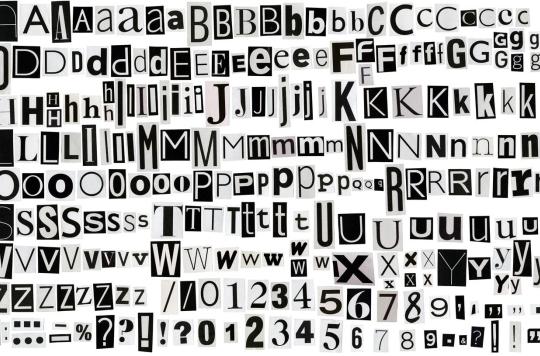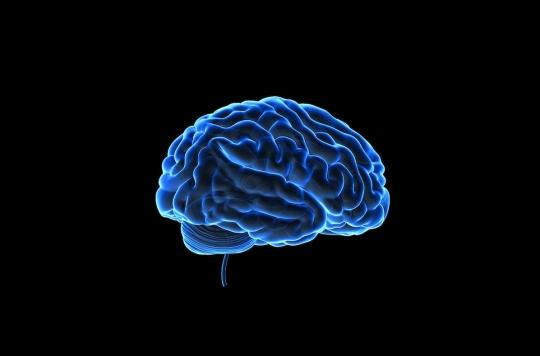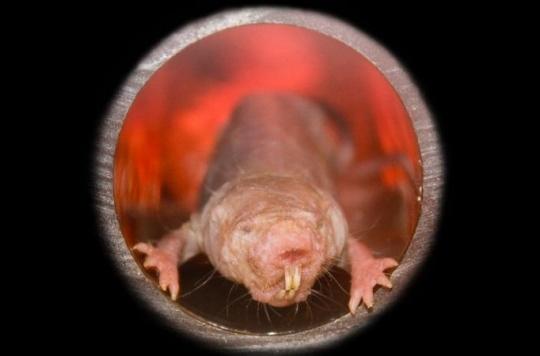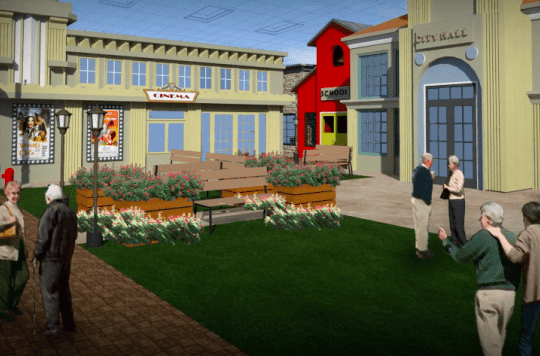The cerebral electrical activity evolves during our movements, and creates kinds of archives which allow the brain to anticipate the next journey.
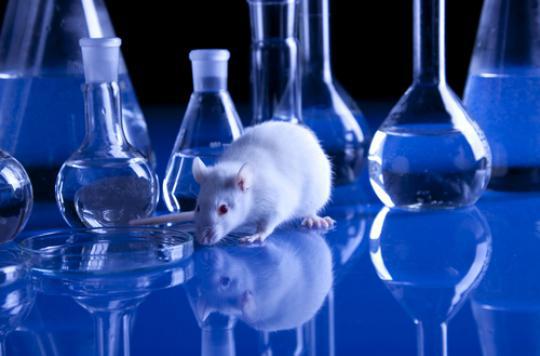
How does our brain direct us when we move? What allows us to anticipate a deformation on the sidewalk which, the last time we did this path, caused a sprained ankle? These are the kinds of questions researchers at Baylor Medical School in the United States have attempted to answer.
They imagined an experiment on rats. Equipped with small electrodes in the brain, and more precisely in the hippocampus, the animals were placed in a kind of gutter which they walked several times. After a phase of rest, the procedure began again until a specific place, where the experimenters subjected them to a small electric shock. In a third phase, the rats were again placed on the course. Unsurprisingly, just before they got to the shock spot, they stopped, and turned around.
A GPS in the hippocampus
The originality of the experiment consists in the simultaneous recording of the brain activity of the animals. Thanks to the electrodes, the scientists were able to observe what was going on in their hippocampus, where neurons called “place cells” are found. Rightly named, they react according to a spatial position.
“When the rat is in a specific location, a group of neurons generates a pattern of electrical activity, and when it moves, a different group produces a different pattern. It is therefore possible for us to predict the position of the animal just by observing its brain activity, ”explains Dr. Ji, who co-authored this work.
When the rat turns around, before the place where it received the discharge, the diagram corresponding to this place appears on the researchers’ instruments. He therefore anticipates his course. “From the brain activity, we can say that the animal has traveled mentally between the place where it is and the place of shock,” adds Dr. Ji.
Understanding memory loss due to Alzheimer’s
The goal, for the researchers, is now to determine, with model rats of Alzheimer’s disease, whether these patterns and these anticipatory reactions are disturbed. The results would then provide a better understanding of the patterns of memory loss linked to the disease. “There are indications that these animals have a memory, but that they have difficulty accessing it,” continues Dr. Ji. We hope to determine if a specific pattern persists. If not, we will investigate the possibility that damaged brain circuitry is preventing memory from functioning, and we will look for ways to allow the animal to remember these specific patterns, and therefore reactivate their memory. “
.










